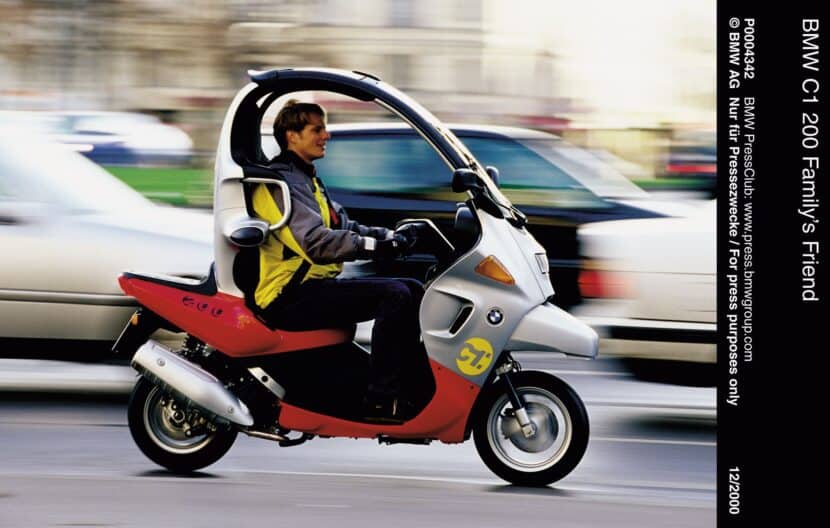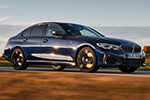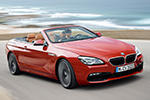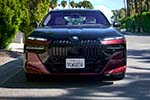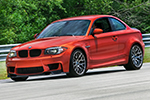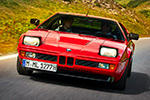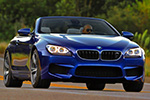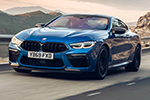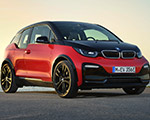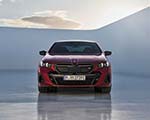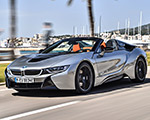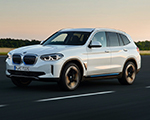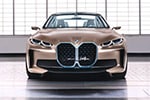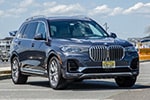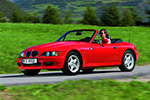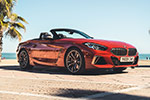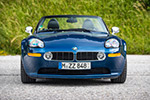At the IAA Mobility 2025 show in Munich, BMW Motorrad revealed the Vision CE, a concept that offers a fresh look at how electric two-wheelers could fit into city life. Unlike most scooters, the Vision CE is designed so riders don’t need a helmet or protective clothing. That’s made possible by a built-in safety structure, reviving a design idea BMW first experimented with 25 years ago.
From the C1 to the CE 04
BMW’s history with unconventional urban scooters goes back to the year 2000, when the company introduced the C1. That scooter had a roof, safety cage, and seat belt, making helmets legally optional in some countries. Although it never became a mass-market hit, the C1 built a small but loyal following of riders who valued comfort and convenience over traditional scooter styling.
Fast forward to the 2020s, and BMW Motorrad has built a strong foundation with the CE 04 electric scooter and the smaller CE 02. Both models show that electric mobility on two wheels can be practical and stylish, with the CE 04 in particular becoming a sales leader in its class. The Vision CE concept takes that proven platform and reinterprets it through the lens of the old C1 idea.
Safety First: The Cage Concept
The centerpiece of the Vision CE is its metal tube safety cage, which works with a specially designed seat and seat belt to protect the rider. The setup creates what BMW calls a safety cell. The goal is to eliminate the need for a helmet and heavy protective clothing, while still offering meaningful protection in case of an accident.
For urban riders, that approach could remove two of the biggest barriers to two-wheeled commuting: the hassle of putting on gear and the discomfort of riding in hot weather. By making the experience more casual, BMW hopes to appeal to people who might otherwise never consider a scooter.
A Design That Stands Out
Visually, the Vision CE is quite different from most scooters. Its proportions are long and low, with a stretched wheelbase that gives it a planted stance. The cage doesn’t feel bulky—it’s open and airy, almost like an architectural frame.
BMW kept the color palette minimal, with matte white surfaces contrasting against black elements, accented by sharp neon red graphics. The combination looks technical yet clean, and it avoids the “gadget-like” aesthetic some concepts fall into. Details like exposed aluminum add a touch of rawness, while the seat’s matte finish and subtle lettering keep the design grounded.
Adding to its futuristic feel is a self-balancing system that keeps the scooter upright when stopped. It’s a small detail, but it has practical benefits: easier handling at stoplights, no need to put feet down, and an added sense of stability for beginners. This technology could make urban scooters more approachable for riders who might feel intimidated by two wheels.
Built on a Proven Platform
Underneath the concept sits familiar technology. The Vision CE is closely related to the CE 04, BMW’s production e-scooter launched in 2022. With 42 horsepower (31 kW), the CE 04 accelerates from 0–50 km/h in just 2.6 seconds and delivers a range of up to 130 kilometers—enough for most daily commutes.
The Vision CE’s extra safety cell would add weight, which might slightly reduce range and performance, but the overall package is still aimed squarely at short city trips. That trade-off is unlikely to be a dealbreaker for the kind of urban rider BMW envisions.
What Production Could Look Like
BMW hasn’t announced production plans, but the Vision CE doesn’t feel like an abstract design exercise. The company has a track record of moving its CE concepts into showrooms, and the C1 precedent shows that BMW has long considered the idea of a “cabin scooter” a serious proposition.
A production version would likely include an aerodynamically covered roof, which would not only enhance weather protection but also further justify helmet-free riding in some markets. That combination of safety, practicality, and comfort could open the door to a broader audience—commuters who want the efficiency of a scooter without the perceived risks or inconveniences of traditional motorcycle gear.



